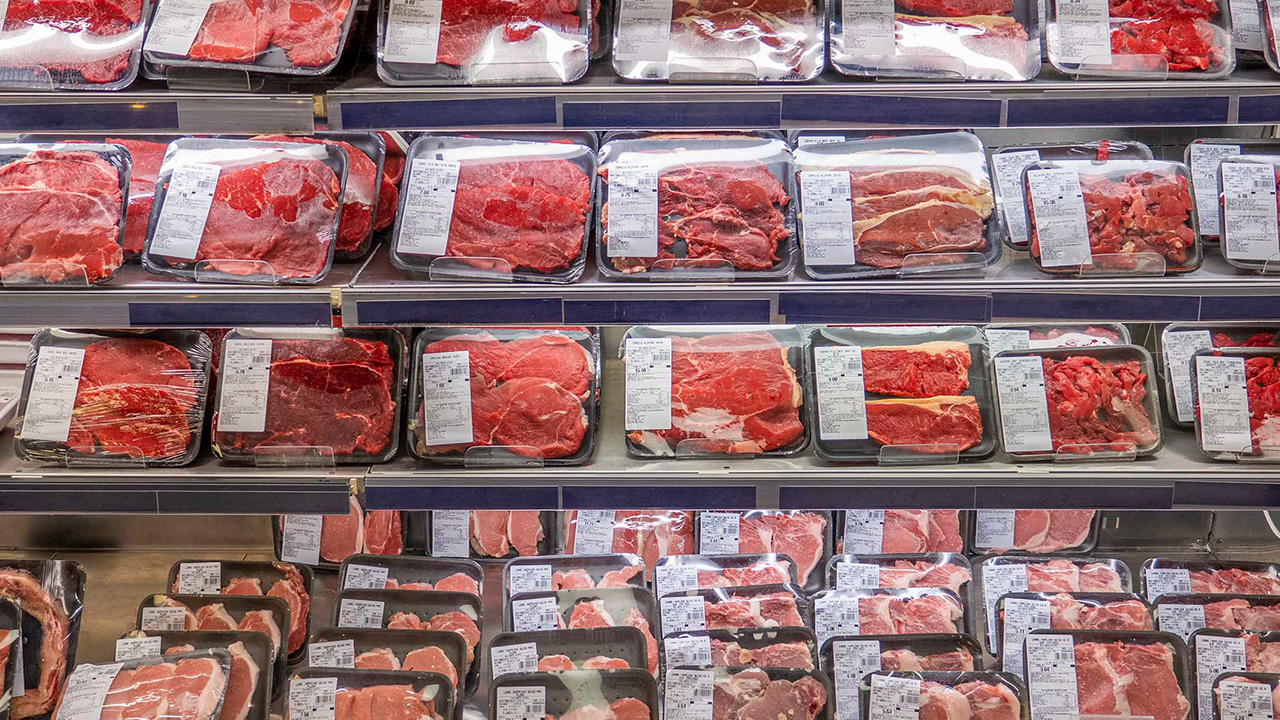Kodak demonstrates its Flexcel NX Digital Plate System

Representatives from the package printing industry discovered how to improve their flexo packaging output at a special event recently hosted by Kodak at the premises of one of its users in Munich, and explained to attendees how they can raise the quality of their flexo packaging products using the Kodak Flexcel NX Digital Flexographic System.
The trade house Reproservice Eurodigital has been using the Flexcel NX System for approximately 18 months producing digital flexo plates, mostly for high-quality UV flexo printing on plastic film, aluminum and other substrates. It invested in the system after taking on a project for Gallus, the press manufacturer, which had launched its ICS 670 flexo press model for folding cartons.
Flexcel NX plates offer a wider tonal range than their conventional digital counterparts, as well as brighter highlights without the ‘flexo break’ effect. They can also be used to print higher densities with finer and more stable gradients. These important characteristics ensure the Kodak system meets the stringent quality demands of Reproservice Eurodigital’s customers. Following the implementation, the company has switched 30% of its flexo plate production to the NX System and this figure is set to rise.
Stefan Hagn of Gallus Stanz- und Druckmaschinen GmbH in Weiden (Bavaria) confirmed the print quality delivered by Flexcel NX Plates commenting that it was possible to reproduce a tonal range from 2% to 98% when printing folding cartons in 175lpi, along with very high solid ink densities because of the excellent delivery of ink to paper. The plates have proved extremely resistant, and screen plugging is no longer a problem, regardless of the run length, which means cleaning is required far less often.
The quality enhancements afforded by the Flexcel NX Plates have prompted Reproservice Eurodigital to consider reducing the number of colors it uses. For example, if only six colors are needed instead of the current eight, the company can reduce its platesetting and printing costs.
What are the key elements of the platesetting process that have spurred the Flexcel NX System's huge leap in quality? The process kicks off with high-resolution imaging of the Flexcel NX Thermal Imaging Layer. This results in a negative mask, which is laminated onto the NX Plate in the NX Laminator, so that the sharp-edged mask image is in direct contact with the photopolymer coating. In addition to improving process reproducibility, the laminated Thermal Imaging Layer prevents contact between the plate surface and the ambient air, ensuring oxygen inhibition and its undesirable side effects are ruled out. All subsequent steps with UV exposure are the same as when photopolymer flexo plates are processed in the conventional way.
The advantages of making Flexcel NX Plates using this technique were illustrated via photomicrographs and graphical visualizations. Even 0.4% highlights with flat, sharp top dots appear on the plate without a round shoulder profile, while the dots have sturdy bases. In contrast to LAMS plates, which have a distinct shoulder and less sturdy dots, NX plates retain their stability at higher printing pressures and do not suffer from excessive dot gain.
Another key component that has improved the print quality of the FlexcelNX System is that it exploits the ultra-high resolution of Kodak Squarespot Imaging Technology for micro-fine Kodak Digicap NX Screening, which lends all image areas a uniform microstructure and effectively enlarges the surface of the flexo printing plates. The result is improved ink transfer, enabling flat fields and line art such as barcodes to be printed with higher densities. The superior solid ink density means a second black or white can often be dispensed.
Stay up to date
Subscribe to the free Label News newsletter and receive the latest content every week. We'll never share your email address.

